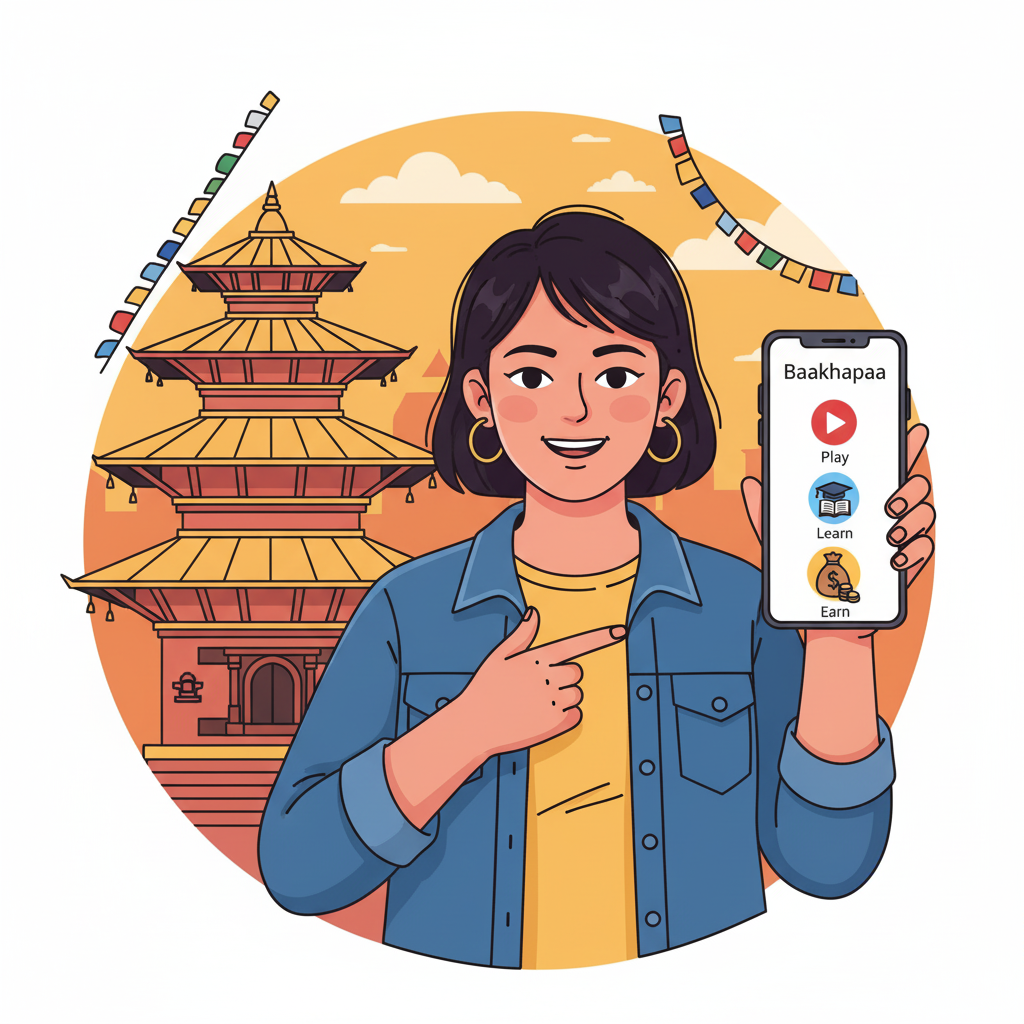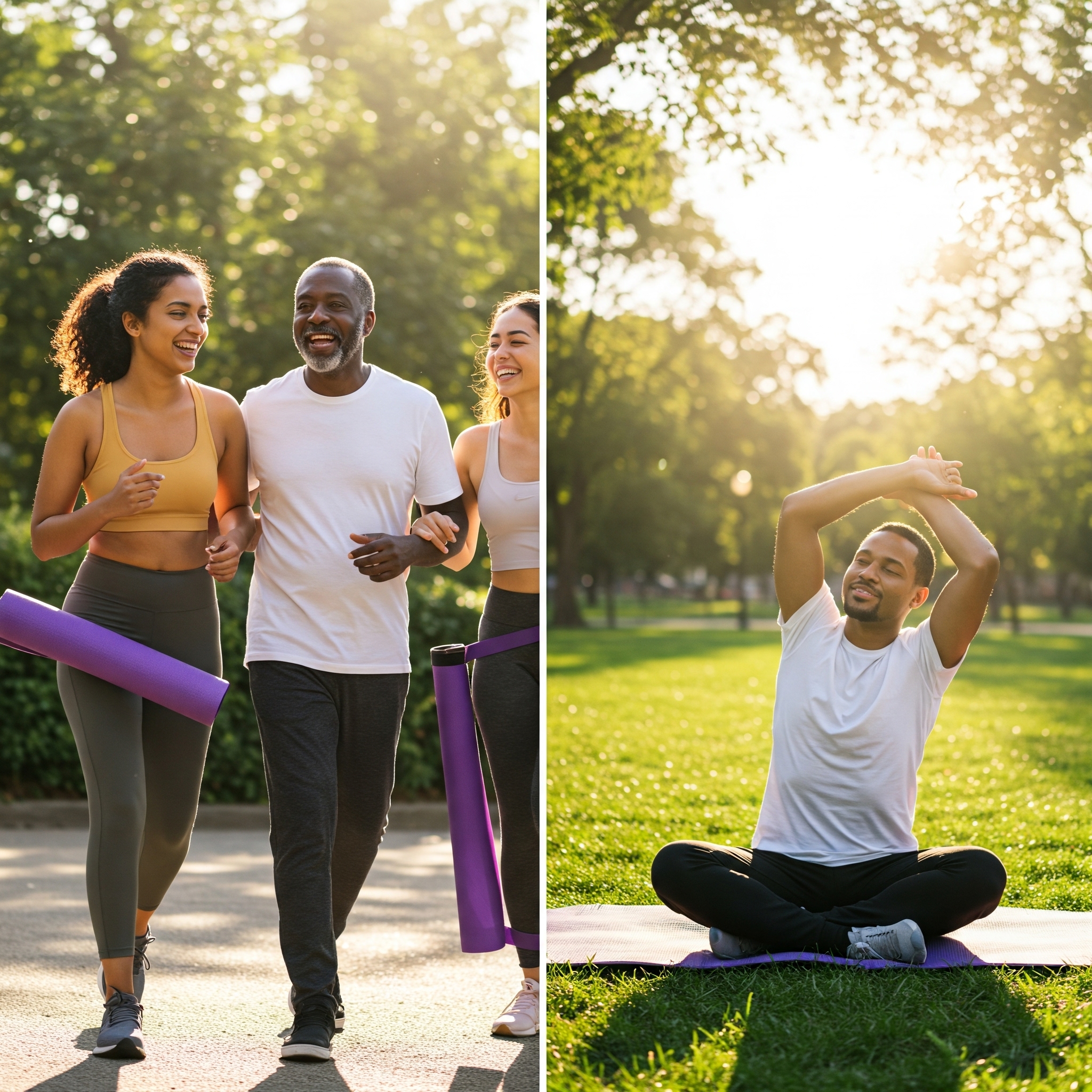Better Connections in 2025: 7 Simple Habits for Improving Your Communication Skills in Any Relationship
In our increasingly digital and often fast-paced world of 2025, the quality of our relationships remains a cornerstone of happiness and well-being. Whether it's with our partners, family, friends, or colleagues, better relationships are built on a foundation of understanding, trust, and connection. And the primary tool for building that foundation? Effective communication. This guide offers relationship advice by exploring 7 simple yet powerful habits to help you improve communication skills and foster deeper, more meaningful connections in every aspect of your life using effective communication techniques.
Why Good Communication is the Cornerstone
Strong communication is more than just talking; it’s about truly connecting. It helps us:
- Understand each other's needs and perspectives.
- Build trust and emotional intimacy.
- Navigate disagreements constructively.
- Offer and receive support effectively.
- Create a sense of being seen, heard, and valued.
Mastering these skills is essential for nurturing all types of relationships.
7 Simple Habits to Improve Communication Skills and Build Stronger Connections
Practice Active Listening Skills
- What it is: Fully concentrating on what the other person is saying, both verbally and non-verbally, rather than just waiting for your turn to speak or forming your rebuttal.
- Why it's important: Makes the speaker feel heard, understood, and respected, fostering trust and openness.
- How to Practice It:
- Maintain eye contact (comfortably, not staring).
- Use non-verbal cues like nodding to show engagement.
- Avoid interrupting. Let them finish their thoughts.
- Paraphrase or summarize what they said to ensure understanding: "So, if I understand correctly, you're feeling..." or "It sounds like you're saying..."
- Ask clarifying questions if needed, but wait for a natural pause.
- Example: Instead of immediately jumping in with advice when a friend is venting, you first say, "It sounds like you had a really frustrating day. Tell me more about what happened."
Respond with Empathy
- What it is: Trying to understand and share the feelings of another person from their perspective. It's about acknowledging their emotions.
- Why it's important: Validates the other person's feelings, making them feel understood and supported, which is crucial for building stronger connections.
- How to Practice It:
- Acknowledge their emotion: "I can see why you'd feel hurt by that." or "That sounds incredibly exciting!"
- Use phrases like: "I understand," "That makes sense," "I can imagine that was tough."
- Focus on their feelings, not just the facts of the situation.
- Example: If your partner expresses disappointment about a changed plan, an empathetic response is: "I get why you're disappointed; you were really looking forward to that. I'm sorry it didn't work out."
Use Clear and Assertive Expression (Not Aggressive)
- What it is: Expressing your own thoughts, feelings, needs, and boundaries directly and respectfully, without blaming or attacking the other person. This is different from aggression, which is forceful and disrespectful, or passivity, where you don't express yourself at all.
- Why it's important: Leads to honest and open dialogue, prevents misunderstandings, and ensures your needs are known in a healthy way.
- How to Practice It (Assertive communication examples):
- Use "I" statements: "I feel [emotion] when [situation] because [reason]. I would appreciate it if [specific request]." (e.g., "I feel unheard when I'm interrupted because it makes me think my opinion isn't valued. I would appreciate it if I could finish my thought.")
- Be clear and specific about what you mean.
- Maintain a calm and respectful tone.
- Example: Instead of saying, "You always make a mess!" (aggressive), try "I feel stressed when the kitchen is untidy. Could we work together to keep it cleaner?" (assertive).
Ask Open-Ended Questions
- What it is: Questions that require more than a simple "yes" or "no" answer. They typically start with "How," "What," "Why," "Tell me about," or "Describe."
- Why it's important: Encourages deeper conversation, elicits more information, and shows genuine interest in the other person's thoughts and feelings.
- How to Practice It:
- Instead of: "Did you have a good day?" Try: "What was the most interesting part of your day?"
- Instead of: "Are you upset?" Try: "How are you feeling about this situation?"
- Example: When discussing a family decision, asking "How do you envision this working out for everyone?" invites more detailed input than "Do you agree with this plan?" This is key for good family communication tips.
Manage Your Non-Verbal Cues
- What it is: Being aware of and intentional about your body language, facial expressions, tone of voice, and eye contact, as these often convey more than words.
- Why it's important: Non-verbal communication can reinforce or contradict your verbal message. Aligning them builds trust and clarity.
- How to Practice It:
- Maintain an open posture (uncrossed arms).
- Use a tone of voice that matches your message.
- Make appropriate eye contact.
- Notice your facial expressions – do they convey interest and sincerity?
- Example: When listening, leaning in slightly and nodding can show you're engaged, even before you speak.
Give and Receive Feedback Constructively
- What it is: Sharing observations or suggestions for improvement in a helpful, respectful way, and being open to hearing feedback about yourself.
- Why it's important: Essential for growth in all relationships – personal and professional. It helps address issues and reinforce positive behaviors.
- How to Practice It:
- Giving: Be specific, focus on behavior (not personality), be timely, offer suggestions for improvement, and balance with positive observations. (e.g., "I really appreciated how you handled X. For project Y, perhaps considering Z approach next time could make it even more efficient.")
- Receiving: Listen openly without immediately getting defensive. Ask clarifying questions to understand. Thank the person for their input, even if it's hard to hear.
- Example: Instead of "You're always late," try "When you arrive late for our meetings, I feel it disrupts the agenda. Could we aim to start promptly at 10 AM?"
Practice Basic Conflict Resolution
- What it is: Approaching disagreements with the aim of understanding and finding a mutually agreeable solution, rather than "winning" an argument.
- Why it's important: Conflict is inevitable in relationships. Healthy resolving conflict in relationships skills strengthen bonds rather than damage them.
- How to Practice It:
- Focus on the issue, not the person: Avoid name-calling or personal attacks.
- Seek to understand: Use active listening and empathy to grasp the other person's perspective.
- Look for common ground and compromise: Aim for a win-win solution where possible.
- Know when to take a break: If emotions are too high, agree to pause and revisit the discussion when calmer.
- Example: "I understand you see it this way, and my perspective is a bit different. Let's talk about what's most important to each of us here and see if we can find a solution that works for both of us."
The Power of Connection in a Digital Age (and a Baakhapaa Connection)
In 2025, much of our communication happens digitally. While these habits are often discussed in face-to-face contexts, they are just as vital for texts, emails, and online interactions. Tone can be easily misconstrued in text, making clarity and empathy even more critical.
Interestingly, the art of storytelling – a core human way of connecting and sharing experiences – is deeply intertwined with good communication. When we share our stories, we practice expressing ourselves, and when we listen to others' stories, we practice active listening and empathy. Platforms that encourage storytelling and positive community interaction, like the vision behind Baakhapaa's creator platform or its community features, can become wonderful spaces to implicitly practice and witness these effective communication techniques. Sharing experiences through stories inherently builds bridges of understanding.
Building Better Connections is an Ongoing Journey
Improving your communication skills is a continuous practice, not a one-time fix. Start by focusing on one or two of these habits. Be patient with yourself and others. As you consciously work on these active listening skills and other effective communication techniques, you'll find your ability to form building stronger connections deepen, leading to more fulfilling and harmonious better relationships in every area of your life. This is truly invaluable relationship advice for 2025 and beyond.
Please login to leave a comment.


 Rakesh Rajbhat
Rakesh Rajbhat




